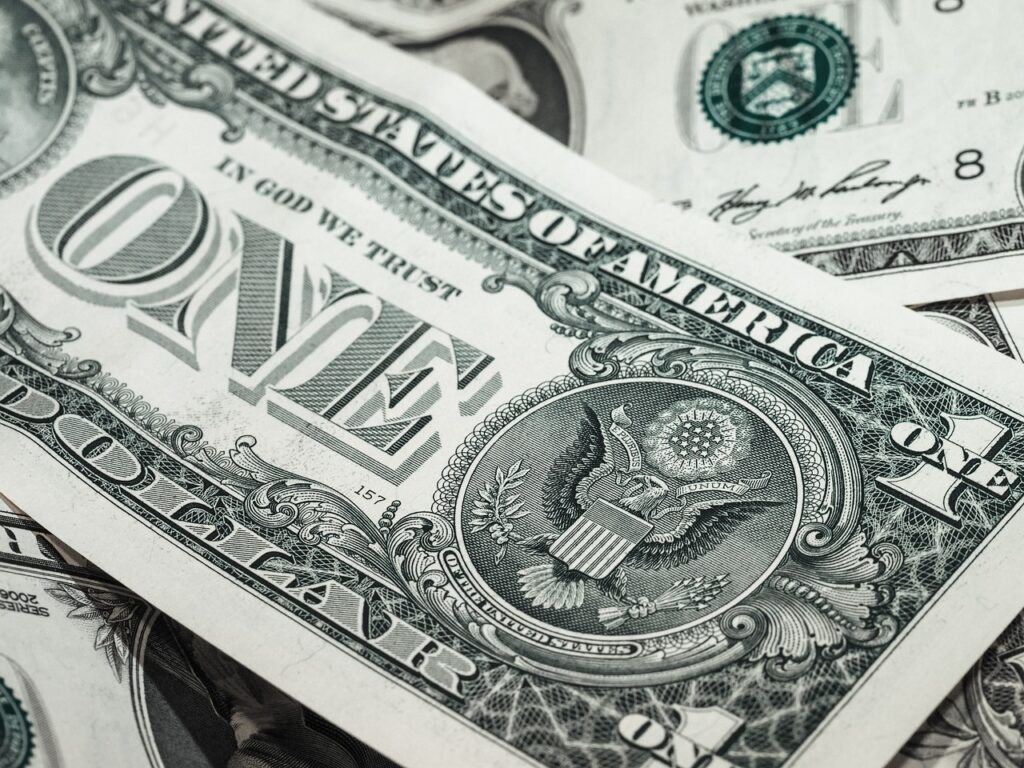
CNBC headlined its story of the stock market’s final trading day of November “Dow jumps 500 points to new 2023 high Thursday capping 8% November rally”. Though only separated by a single month, October seemed recast as an occupant of an alternative reality as that month’s unwelcome tricks were thankfully subsumed by November’s treats. The S&P 500 returned 9.1% for the month and is now up 20.8% for the year. Unlike every other month since February this was a party to which all sectors of the financial markets were invited as mid-cap stocks were up 8.5%, small cap stocks 8.3% and foreign developed markets 9.6%. Even the previously woebegone bond market participated as ten-year treasury rates declined by half a percent to 4.4% allowing the majority of fixed income securities to migrate from negative to positive returns year to date albeit with most sectors of that universe providing modest returns in the low single digits.
The source of the sudden turn in fortune for the financial markets is to be found where it almost always is these days, in the words from arguably one of the most famous men on the planet, US Federal Reserve Chairman Jerome Powell. At the press conference on November 1st, following the fed’s two day meeting, it wasn’t so much what he said, that the fed had opted not to raise interest rates which was not really news since no one expected that to happen anyway, but rather that the fed had chosen to hold interest rates at current levels to allow it to determine whether rates had risen to a sufficient level to permit it to claim the accomplishment of its mission of pushing inflation back down to its 2% target. Attempting to square the circle of the sizzling 5.2% annualized inflation adjusted economic growth rate for the 3rd quarter with a rapidly declining inflation rate, the chairman essentially said that since he didn’t know what to do, he would opt to do nothing.
Like so much of our current perceived state of reality, the proper correlation of causes and effects appears to be a form of art increasingly served rarely. Let it be offered as a suggestion that the market that is the most important one is that which establishes the value of the US dollar. The reason why is the existence of the two numbers that matter most; global debt which is $300 trillion and the size of the global economy which is $100 trillion. As global debt has grown at a rate notably faster than that of the global economy for the past several decades, the world has lost its ability to retire that debt and therefore must continually refinance it. In other words, to “roll it over” in a fashion much like the extending of the terms of the maturity on an interest only mortgage. Since the Global Financial Crisis of 2008, the money that is borrowed to pay off current debt through the issuance of new debt is required to be collateralized; the borrowers’ use of securities as a means of guaranteeing their ability to repay their debt. Though the US represents only a quarter of the world’s economy, 70% of global debt is financed using the US dollar and the preferred form of collateral to support the issuance of that debt is US Treasury securities. The global financial system has become a debt-based system dependent upon the ever-increasing supply of US Treasury debt and that, dear reader, is the reason why the US dollar has assumed the role of the financial market dog wagging the equity market tail.
As the US Federal Reserve has raised interest rates from ¼ % in March 2022 to 5 ¼% currently, the result has been to increase the flow of foreign capital into US dollar-based assets resulting in an increase in demand for dollars and an increase in its value. This matters because a more expensive dollar makes it more expensive to “roll over” the global debt mountain. From March 1, 2022, to September 27, 2022, the US dollar rose 17.3% and the S&P 500’s declined 14.5%. From October 5, 2022, through August 1, 2023, the US dollar declined 8.2% and the S&P 500’s rose 22.6%. Since October 28th the US dollar has declined 3.2% and the S&P 500 has risen 11.8%. So, what should investors now expect from these markets? The growth of US budget deficits, which has been the source of much of the US economy’s surprising strength this past year, is now starting to wane. US inflation levels may quite possibly undershoot the fed’s 2% target. This is what the financial markets rally in November is starting to “sniff out”. US equity markets, excluding the mega cap tech stocks, haven’t done particularly well the past two years leaving midcap stocks currently valued at 13.6 and small cap stocks 13 times 2024’s expected earnings. Even the equally weighted version of the S&P 500 is trading at 15 ½ times this year’s earnings. With reasonable valuations, falling inflation and declining interest rates we may quite possibly be setting ourselves up for some very interesting times.
For 60% equity and 40% fixed income investors the onset of the year through the end of Octobers was all about a great deal of motion with little in the way of forward progress. November’s portfolio returns of 6% received contributions of 9% from the equity share with fixed income contributing 1.5%. The equity contributions were relatively evenly distributed with large cap and small cap US and foreign returning between 8% and 9%. Year to date portfolio returns are now at 8.2%.
Mark H. Tekamp/December 6, 2023